The KPMG Maritime Maya Series: Maya Seafaring Technology
The second episode in our new series about Maya seafaring explores the nautical technology of the Maya.
On Columbus’ fourth voyage, in 1502, his son describes a canoe measuring eight feet wide and 50 feet long, propelled by 25 paddlers and carrying both passengers and cargo! The vast size of the boats that Europeans saw would have demanded technological prowess to build and to sail. In the past, many scholars discounted these tales. But what if these stories were true? What would they tell us about the Maya?
Recent excavations and analysis of artistic depictions are beginning to offer tantalizing clues to the amazing technological ability in seafaring possessed by the ancient Maya. Learn more in this installment.
ABOUT DR. RISSOLO
Dominique Rissolo is an assistant research scientist at the Qualcomm Institute at the University of California, San Diego and co-leads the Cultural Heritage Engineering Initiative (CHEI). He has worked closely with multiple agencies and universities to plan and execute oceanographic research projects using autonomous, remotely operated, and human occupied vehicles as well as vessels for scuba operations. As an archaeologist, Rissolo’s interdisciplinary research focuses on ancient Maya and Paleoamerican cave and cenote use as well as paleocoastal human ecology and the development of ancient maritime trade networks along the Yucatan coast. Rissolo has been actively involved in the development of workflows for the visualization of image-derived data from marine and underwear sites and has enabled collaborating researchers to expand the visual analytics capability developed by CHEI and the Jacobs School of Engineering at UC San Diego.
Get in touch with Dr. Rissolo via drissolo@ucsd.edu
